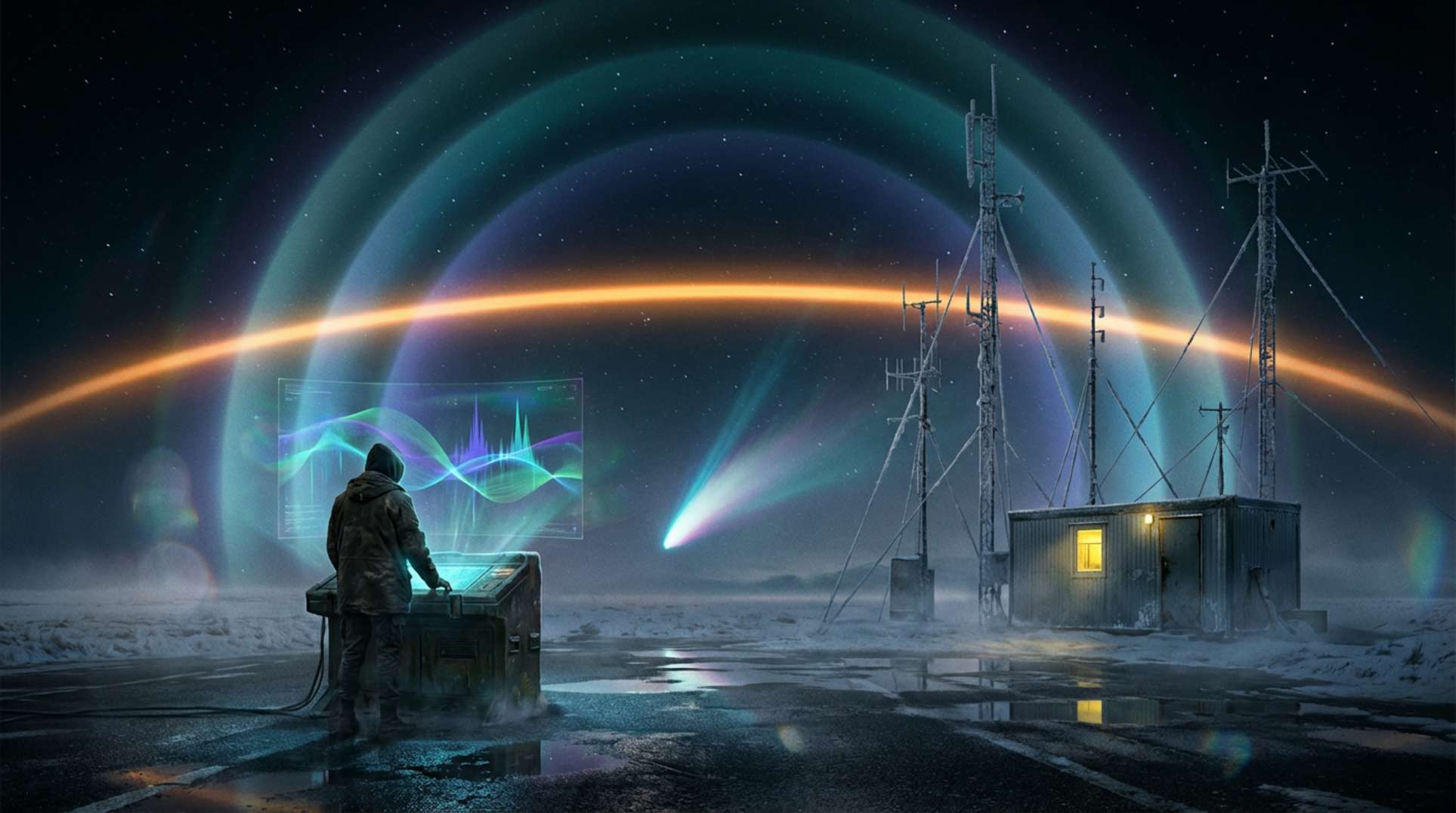The Sun, the cosmic prepper’s ally and threat, captivates astronomers and disaster-watchers alike. Reports are circulating across solar observatories and the doom-laden internet: the Sun’s corona is fading, sunspot numbers are plummeting, and the solar cycle is rewriting its own rules. If you anticipate the four horsemen, prepare for SPF 10,000 instead—when our star acts up, chaos follows on this troubled blue rock.
Central to this solar frenzy is the corona, the outermost layer of the Sun’s atmosphere. Typically blazing at over a million kelvin, the corona was once a curiosity during eclipses, evolving into a crucial and dynamic shield protecting Earth from disaster (Wikipedia: solar corona). Recent observations suggest the corona is “disappearing,” with significant dimming and structural changes. Is this normal cyclical behavior or a sign of fundamental shifts in solar activity—a new era of solar anomalies?
Solar Mysteries: What’s Happening to the Corona?
Let’s examine mainstream scientific reports. NASA and leading research institutions confirm that the Sun’s outer layers, particularly the corona, experience wild variations in magnetic fields, coronal loops, and massive plasma eruptions. NASA’s official Sun facts indicate that the corona naturally fluctuates over the 11-year solar cycle. However, the recent dramatic dimming and restructuring are sparking debates reminiscent of past discoveries, like when a pig farmer first spotted sunspots.
In the prepper community, echoed by coronal hole risk reports, warnings suggest these changes might disrupt Earth’s magnetosphere and communications—events that have historically triggered catastrophic resets, explored in long-term cycle research. But don’t let fears of apocalypse cloud your judgment: even drastic changes are often part of broader patterns observed throughout the Sun’s long history. This is the optimists’ view.
Sunspot Collapse: A New Solar Cycle Anomaly?
Alongside the corona’s behavior, researchers are noting a sharp decline in sunspot activity. Sunspots, the magnetic “freckles” on the solar surface, closely correlate with the Sun’s mood. NASA emphasizes that sunspot cycles can influence total solar irradiance—by about 0.1%—yet the sunspot collapse, detailed in forecasts and emerging anomalies, may signal a slowdown akin to the Maunder Minimum of the 17th century.
These events intensify debates about their links to terrestrial phenomena, including climate fluctuations, as noted in NASA’s exploration of solar influence. Are colder decades ahead, or are unpredictable solar storms lurking? Understanding sunspot dynamics is crucial—not just for sunburn prevention, but for satellite safety and grid stability, as articulated in analyses like the EMP grid-impact story.
Solar Anomalies and Our Vulnerable Civilization
With the Sun misbehaving, even sources like NASA and Live Science are addressing concerns about whether we face a Carrington-level event or merely normal cycles stretched over time. The existence of highly energized particles in the corona and unusual sunspot behavior has linked to historic geomagnetic disruptions, satellite failures, and communication breakdowns—issues repeatedly scrutinized in geomagnetic storm prepping advice and solar superstorm survival strategies.
In a world increasingly reliant on technology, each new anomaly stirs speculation that makes even CERN’s wild particle physics seem tame. Quickly adapting to solar change leads to rising anxiety, resonating with the existential shivers captured in AI meltdown exposés and end-of-civilization concerns permeating YouTube and the fringes of the survivalist internet.
Patterns, Cycles, and Solar Shockwaves: What’s Next?
Seasoned solar scientists advocate caution. What we observe might be an enhanced cycle, a reminder of the Sun’s “personality disorder,” not an unprecedented disaster. The interplay of magnetic fields, plasma flows, and sunspot changes has always governed the Sun’s output. However, as technology becomes more fragile and interconnected, even small shifts in solar output can ripple through society, affecting satellite networks and TikTok streams. For a balanced perspective (and some cosmic solidarity), check Unexplained.co regularly. Maybe, just maybe, inspect your backup generator and copper wire supplies—because in solar physics and prepping, the only constant is the next surprise.





